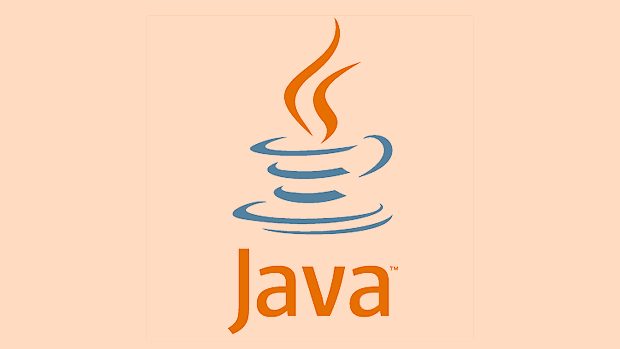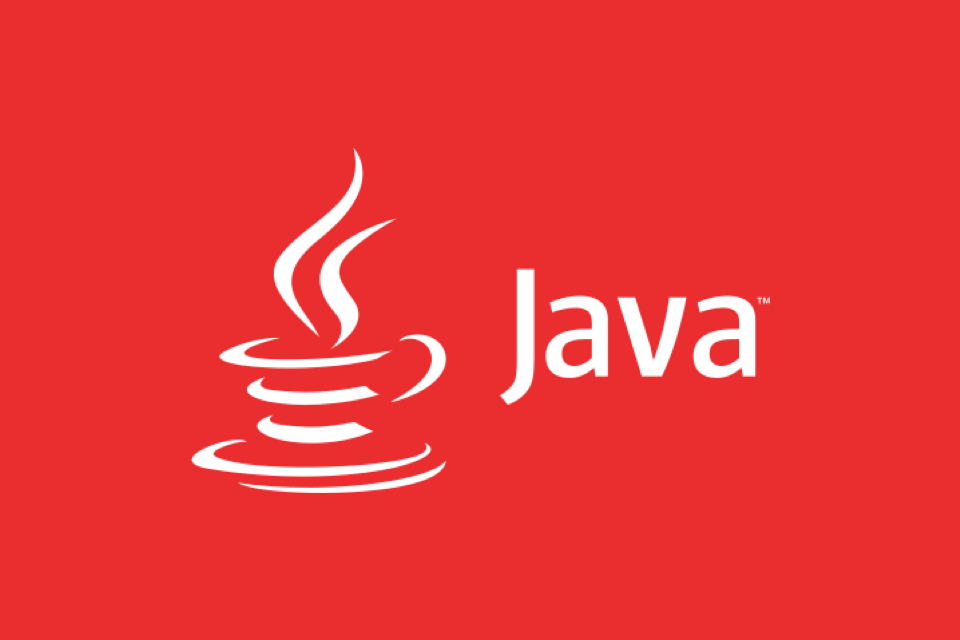Vert.x is a lightweight, high-performance JVM-based toolkit for building responsive, non-blocking applications suitable for high concurrency, real-time interactive scenarios. 1. It adopts non-blocking I/O and event loop models to improve throughput; 2. Supports multilingual development to facilitate team collaboration; 3. Provides modular design, which can use HTTP servers, WebSockets and other functions as needed; 4. Naturally supports microservice architecture, and realizes inter-service communication through Event Bus; 5. It can be used in real-time data processing, API gateways, microservice underlying runtime and other scenarios; 6. Pay attention to avoid blocking operations in event loops, and it is recommended that time-consuming tasks be handed over to the Worker thread pool for processing.

When Java applications face high concurrency, real-time interaction needs, traditional Servlet containers or Spring Boot blocking models may become bottlenecks. At this time, it is particularly important to adopt a non-blocking, event-driven framework. Vert.x is such a lightweight, high-performance tool that can help you build scalable Java applications.

What is Vert.x?
Vert.x is a JVM-based toolkit for building responsive, non-blocking applications. It is not a framework in the traditional sense, but a flexible library that supports multiple languages (Java, Kotlin, JavaScript, etc.) and can be embedded in any Java project.
Instead of forcing you to use a certain architecture, it provides an event-driven, asynchronous processing API. You can use it to build web services, message brokers, real-time communication systems, etc.

Why choose Vert.x to build scalable applications?
If your application needs to handle a large number of concurrent connections, low latency responses, or real-time data flow, the advantages of Vert.x are reflected:
- Non-blocking I/O : Based on Netty, the event loop model is used to avoid thread blocking and improve throughput.
- Modular design : You can only use the parts you need, such as HTTP server, WebSocket, database client, etc.
- Multilingual support : Java, Groovy, Kotlin, and JavaScript are all available, suitable for collaboration between different teams.
- Lightweight : No heavyweight container, fast startup, low resource consumption.
- Natural support microservice architecture : With Event Bus, inter-service communication can be easily achieved.
How to start developing with Vert.x?
Using Vert.x is not complicated, you can start with a simple HTTP service:

1. Add dependencies (Maven example)
<dependency>
<groupId>io.vertx</groupId>
<artifactId>vertx-core</artifactId>
<version>4.4.0</version>
</dependency>2. Write a simple HTTP server
import io.vertx.core.Vertx;
import io.vertx.core.http.HttpServer;
public class MyHttpServer {
public static void main(String[] args) {
Vertx vertx = Vertx.vertx();
HttpServer server = vertx.createHttpServer();
server.requestHandler(req -> {
req.response()
.putHeader("content-type", "text/plain")
.end("Hello from Vert.x!");
});
server.listen(8080);
}
}In this example, we create an HTTP server that listens to port 8080 and returns a piece of text for each request. Note that there is no blocking operation here, and the entire processing process is asynchronous.
3. Use Event Bus for component communication
The Event Bus of Vert.x is the core mechanism for implementing inter-module communication. For example, you can split the business logic into multiple Verticles (similar to microservice components) and send and receive messages through Event Bus.
vertx.eventBus().send("my.address", "Hello EventBus", reply -> {
if (reply.succeeded()) {
System.out.println("Received reply: " reply.result().body());
}
});What scenarios is Vert.x suitable for use in?
Real-time data processing
For example, chat applications, online games, Internet of Things device communication, etc. These scenarios usually require low-latency, high concurrency connections, and the asynchronous model of Vert.x is very suitable.
Microservice architecture
Vert.x can be run as the underlying microservice, combined with Event Bus and Service Proxy modules, and can easily achieve service discovery, load balancing and remote calls.
API gateway or intermediate layer service
In the architecture of front-end separation, you can use Vert.x to build a high-performance API gateway to handle authentication, current limit, forwarding and other logic.
Scenarios that require lightweight deployment
If you don't want to introduce heavyweight frameworks like Spring Boot and want to use Java ecosystem, Vert.x is a very suitable choice.
Some details to pay attention to
Is Vert.x a single-threaded model?
Not exactly. It uses an Event Loop Thread, each event loop is responsible for handling multiple connections. If you perform blocking operations in the event loop (such as sleep or synchronous IO), it will cause the entire thread to be stuck and affect performance. Therefore, it is recommended to put time-consuming operations into the Worker thread pool to execute.How to share data between Verticles?
Data sharing across Verticle can be achieved using the SharedData API, or through external storage such as Redis.Flexible deployment method
You can package Vert.x applications into normal JARs, deploy them to Docker and Kubernetes, and even compile native executables with native-image to improve startup speed.
Basically that's it. Vert.x is not a silver bullet, but it provides a lightweight and efficient way to build scalable Java applications. If your application needs to handle a lot of concurrency, real-time communication, or if you want to get rid of the limitations of traditional blocking models, Vert.x is worth trying.
The above is the detailed content of Building Scalable Java Applications with Vert.x. For more information, please follow other related articles on the PHP Chinese website!

Hot AI Tools

Undress AI Tool
Undress images for free

Undresser.AI Undress
AI-powered app for creating realistic nude photos

AI Clothes Remover
Online AI tool for removing clothes from photos.

Clothoff.io
AI clothes remover

Video Face Swap
Swap faces in any video effortlessly with our completely free AI face swap tool!

Hot Article

Hot Tools

Notepad++7.3.1
Easy-to-use and free code editor

SublimeText3 Chinese version
Chinese version, very easy to use

Zend Studio 13.0.1
Powerful PHP integrated development environment

Dreamweaver CS6
Visual web development tools

SublimeText3 Mac version
God-level code editing software (SublimeText3)
 Asynchronous Programming Techniques in Modern Java
Jul 07, 2025 am 02:24 AM
Asynchronous Programming Techniques in Modern Java
Jul 07, 2025 am 02:24 AM
Java supports asynchronous programming including the use of CompletableFuture, responsive streams (such as ProjectReactor), and virtual threads in Java19. 1.CompletableFuture improves code readability and maintenance through chain calls, and supports task orchestration and exception handling; 2. ProjectReactor provides Mono and Flux types to implement responsive programming, with backpressure mechanism and rich operators; 3. Virtual threads reduce concurrency costs, are suitable for I/O-intensive tasks, and are lighter and easier to expand than traditional platform threads. Each method has applicable scenarios, and appropriate tools should be selected according to your needs and mixed models should be avoided to maintain simplicity
 Best Practices for Using Enums in Java
Jul 07, 2025 am 02:35 AM
Best Practices for Using Enums in Java
Jul 07, 2025 am 02:35 AM
In Java, enums are suitable for representing fixed constant sets. Best practices include: 1. Use enum to represent fixed state or options to improve type safety and readability; 2. Add properties and methods to enums to enhance flexibility, such as defining fields, constructors, helper methods, etc.; 3. Use EnumMap and EnumSet to improve performance and type safety because they are more efficient based on arrays; 4. Avoid abuse of enums, such as dynamic values, frequent changes or complex logic scenarios, which should be replaced by other methods. Correct use of enum can improve code quality and reduce errors, but you need to pay attention to its applicable boundaries.
 Understanding Java NIO and Its Advantages
Jul 08, 2025 am 02:55 AM
Understanding Java NIO and Its Advantages
Jul 08, 2025 am 02:55 AM
JavaNIO is a new IOAPI introduced by Java 1.4. 1) is aimed at buffers and channels, 2) contains Buffer, Channel and Selector core components, 3) supports non-blocking mode, and 4) handles concurrent connections more efficiently than traditional IO. Its advantages are reflected in: 1) Non-blocking IO reduces thread overhead, 2) Buffer improves data transmission efficiency, 3) Selector realizes multiplexing, and 4) Memory mapping speeds up file reading and writing. Note when using: 1) The flip/clear operation of the Buffer is easy to be confused, 2) Incomplete data needs to be processed manually without blocking, 3) Selector registration must be canceled in time, 4) NIO is not suitable for all scenarios.
 How Java ClassLoaders Work Internally
Jul 06, 2025 am 02:53 AM
How Java ClassLoaders Work Internally
Jul 06, 2025 am 02:53 AM
Java's class loading mechanism is implemented through ClassLoader, and its core workflow is divided into three stages: loading, linking and initialization. During the loading phase, ClassLoader dynamically reads the bytecode of the class and creates Class objects; links include verifying the correctness of the class, allocating memory to static variables, and parsing symbol references; initialization performs static code blocks and static variable assignments. Class loading adopts the parent delegation model, and prioritizes the parent class loader to find classes, and try Bootstrap, Extension, and ApplicationClassLoader in turn to ensure that the core class library is safe and avoids duplicate loading. Developers can customize ClassLoader, such as URLClassL
 Handling Common Java Exceptions Effectively
Jul 05, 2025 am 02:35 AM
Handling Common Java Exceptions Effectively
Jul 05, 2025 am 02:35 AM
The key to Java exception handling is to distinguish between checked and unchecked exceptions and use try-catch, finally and logging reasonably. 1. Checked exceptions such as IOException need to be forced to handle, which is suitable for expected external problems; 2. Unchecked exceptions such as NullPointerException are usually caused by program logic errors and are runtime errors; 3. When catching exceptions, they should be specific and clear to avoid general capture of Exception; 4. It is recommended to use try-with-resources to automatically close resources to reduce manual cleaning of code; 5. In exception handling, detailed information should be recorded in combination with log frameworks to facilitate later
 How does a HashMap work internally in Java?
Jul 15, 2025 am 03:10 AM
How does a HashMap work internally in Java?
Jul 15, 2025 am 03:10 AM
HashMap implements key-value pair storage through hash tables in Java, and its core lies in quickly positioning data locations. 1. First use the hashCode() method of the key to generate a hash value and convert it into an array index through bit operations; 2. Different objects may generate the same hash value, resulting in conflicts. At this time, the node is mounted in the form of a linked list. After JDK8, the linked list is too long (default length 8) and it will be converted to a red and black tree to improve efficiency; 3. When using a custom class as a key, the equals() and hashCode() methods must be rewritten; 4. HashMap dynamically expands capacity. When the number of elements exceeds the capacity and multiplies by the load factor (default 0.75), expand and rehash; 5. HashMap is not thread-safe, and Concu should be used in multithreaded
 Explained: Java Polymorphism in Object-Oriented Programming
Jul 05, 2025 am 02:52 AM
Explained: Java Polymorphism in Object-Oriented Programming
Jul 05, 2025 am 02:52 AM
Polymorphism is one of the core features of Java object-oriented programming. Its core lies in "one interface, multiple implementations". It implements a unified interface to handle the behavior of different objects through inheritance, method rewriting and upward transformation. 1. Polymorphism allows the parent class to refer to subclass objects, and the corresponding methods are called according to the actual object during runtime; 2. The implementation needs to meet the three conditions of inheritance relationship, method rewriting and upward transformation; 3. It is often used to uniformly handle different subclass objects, collection storage and framework design; 4. When used, only the methods defined by the parent class can be called. New methods added to subclasses need to be transformed downward and accessed, and pay attention to type safety.
 Effective Use of Java Enums and Best Practices
Jul 07, 2025 am 02:43 AM
Effective Use of Java Enums and Best Practices
Jul 07, 2025 am 02:43 AM
Java enumerations not only represent constants, but can also encapsulate behavior, carry data, and implement interfaces. 1. Enumeration is a class used to define fixed instances, such as week and state, which is safer than strings or integers; 2. It can carry data and methods, such as passing values ??through constructors and providing access methods; 3. It can use switch to handle different logics, with clear structure; 4. It can implement interfaces or abstract methods to make differentiated behaviors of different enumeration values; 5. Pay attention to avoid abuse, hard-code comparison, dependence on ordinal values, and reasonably naming and serialization.






